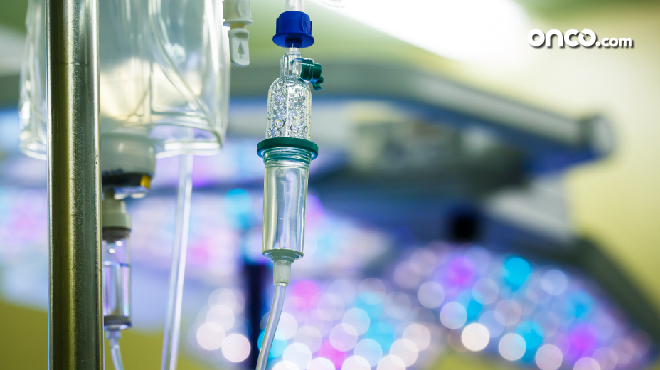What are breast cancer hormone receptors?
Hormone receptors are the proteins, which are expressed on breast cancer cells. These hormone receptors can be detected by different molecular analysis techniques. These receptors are helpful in predicting the treatment and prognosis.

When estrogen and progesterone attach to such receptors, they can fuel the growth of cancer. Cancers are classified as either hormone receptor-positive or hormone receptor-negative based on whether or not the tissue samples reveal these receptors (proteins). Understanding one’s breast cancer hormone receptor and HER2 status can help in navigating the treatment in the right direction.
What is hormone receptor positive breast cancer?
Some breast cancers are fueled by the hormones estrogen and/or progesterone, and some are not. Knowing whether a type of breast cancer is sensitive to these hormones is a crucial piece of the treatment equation. Hormone receptor-positive breast cancer cells have proteins called hormone receptors that attach to estrogen and/or progesterone circulating inside a woman’s body (the endocrine system). Hormonal therapies may be used to fight hormone receptor-positive breast cancer. All invasive breast cancers and DCIS should be tested for hormone status, according to American Cancer Society guidelines.
What are estrogen receptors and progesterone receptors (ER/PR)?
Proteins that can attach to certain substances in the blood stream, are called ‘receptors’. Some cells within the breast (both normal cells and cancerous cells, in patients) contain receptors that can attach themselves to the hormones estrogen and progesterone, and the levels of these hormones helps these cells in growing.
Breast cancer cells can contain have one of these receptors, both of these receptors, or none of these receptors.
ER-positive: Breast cancers that contain estrogen receptors are classified as ER-positive (or ER+) cancers.
PR-positive: Breast cancers that contain progesterone receptors are classified as PR-positive (or PR+) cancers.
What is the HER2 receptor? What does HER2/neu mean?
HER2/neu is the name of a growth-promoting protein that is found outside every breast cell. It is sometimes shortened in reference, as just ‘HER2’. If breast cancer cells contain higher-than-average levels of HER2, the cancer is called HER2-positive breast cancer. Such type of cancers have a tendency to grow and spread faster than other types of breast cancer.
It is advisable that all women who have recently been diagnosed with invasive forms of breast cancer, get tested for HER2 receptor status. Knowing HER2 status is important because because HER2-positive cancers can respond better to targeted therapies that have been tailored to identify and kill protein-active cancer cells, such as Trastuzumab (Trade name Herceptin).
What is triple negative breast cancer?
Triple negative breast cancer is estrogen receptor-negative, progesterone receptor-negative, and HER2-negative. Using hormone therapies or HER2 drugs will not slow these aggressive cancers. Triple negative breast cancer is more common among Hispanic and African American women, as well as younger women.
What is triple positive breast cancer?
These are cancers that are positive for estrogen receptors, progesterone receptors, and HER2 can be treated with hormone therapies and drugs that target HER2.



